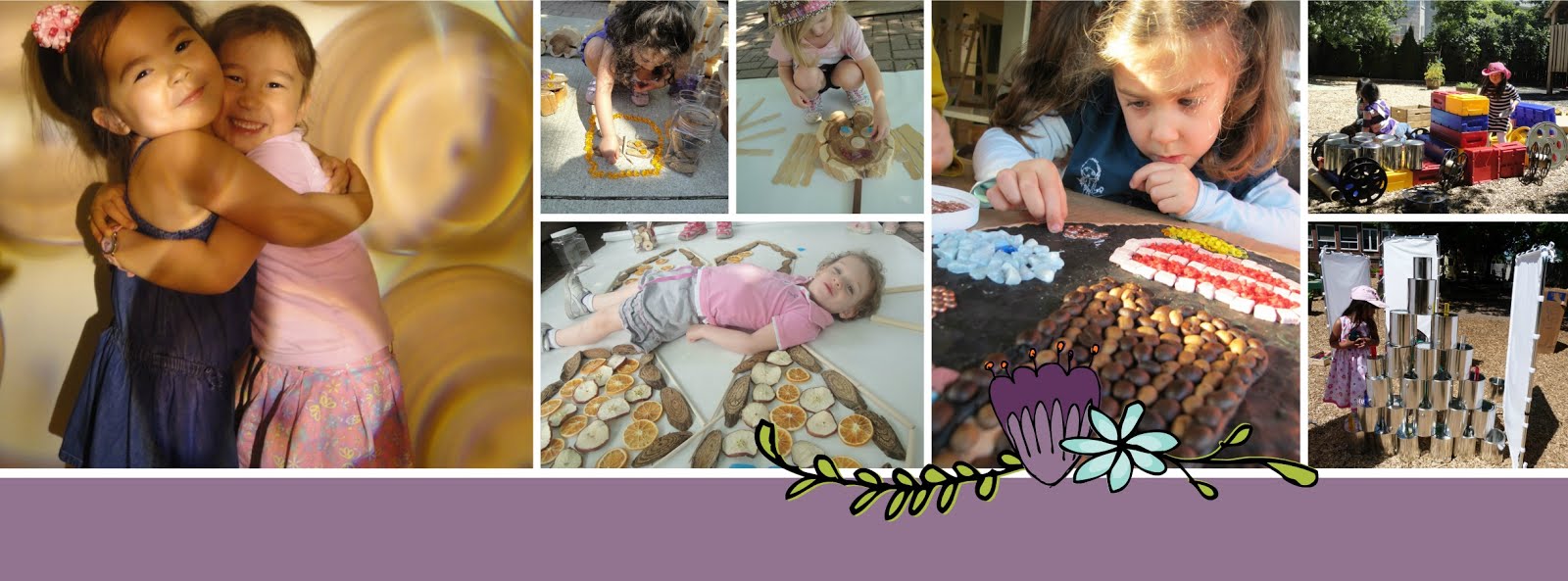The Next Step
Let's discuss the "So What"
It is here that teacher's must think deeply about "what" will make the topic choice a rich and meaningful project. So many ideas float around in a day and its impossible to pursue them all. We must look for ones that will leave the children enriched.
We look at what we hope the children will gain on the journey.
If we can validate the choice then the topic is worth exploring. That is the so what.
Like the children, each time we encounter a topic we expand our knowledge base.
The So What of the community project
In order to thrive everyone must feel connected to other people.
The So What of the community project
In order to thrive everyone must feel connected to other people.
Communities are part of life.
More that just a place to live it is a place of people, voices, shared space, rituals and customs. Coming form the Latin term meaning "with gifts" the term suggests a general sense of humanity, reciprocity and a shared practice of doing good for others that comes from working together for a joint purpose.
If we give credence to the old African proverb that “it takes a village to raise a child” then we can
understand the impact that community has in
helping us raise our children.
Children need more that just supportive parents. As they branch outside the home they require a larger support network to grow into healthy citizens.
It is a child’s right to expect the community to provide them safe neighborhoods, adults who are good role models and dedicated teachers and politicians who keep children's rights at the forefront.
When children feel a connectivity to their
community they are more apt to develop a sense of civic and social responsibility. They build trust, learn to resolve conflicts peacefully and have a genuine sense of caring for others.
Given this premise we move forward to engage our children in this exploration.
The initial provocation to build a community left us with a good base to begin our work.
Given this premise we move forward to engage our children in this exploration.
The initial provocation to build a community left us with a good base to begin our work.
We had many questions and thoughts to plot out a plan of attack.
What forms of the Hundred Languages would the children use?
What would be addressed first?
What forms of the Hundred Languages would the children use?
What would be addressed first?
As we move along in sharing our work, I'd like you to bear in mind that no project is ever linear. It does not follow a direct path. We often find ourselves going in circles, returning to a previous thought sometimes weeks after the idea was initially addressed and explored.
The framework for the community was up and the discussions continued among the children and teachers.
After each of the children added their homes we began to add elements such as street signs, people, vehicles, and community building.
While we worked the children demonstrated a sound understanding of the physical elements that come together to make a community.
When we begin to work with the children on their questions and thoughts around a topic we call this the "Now What."
When we begin to work with the children on their questions and thoughts around a topic we call this the "Now What."


















































